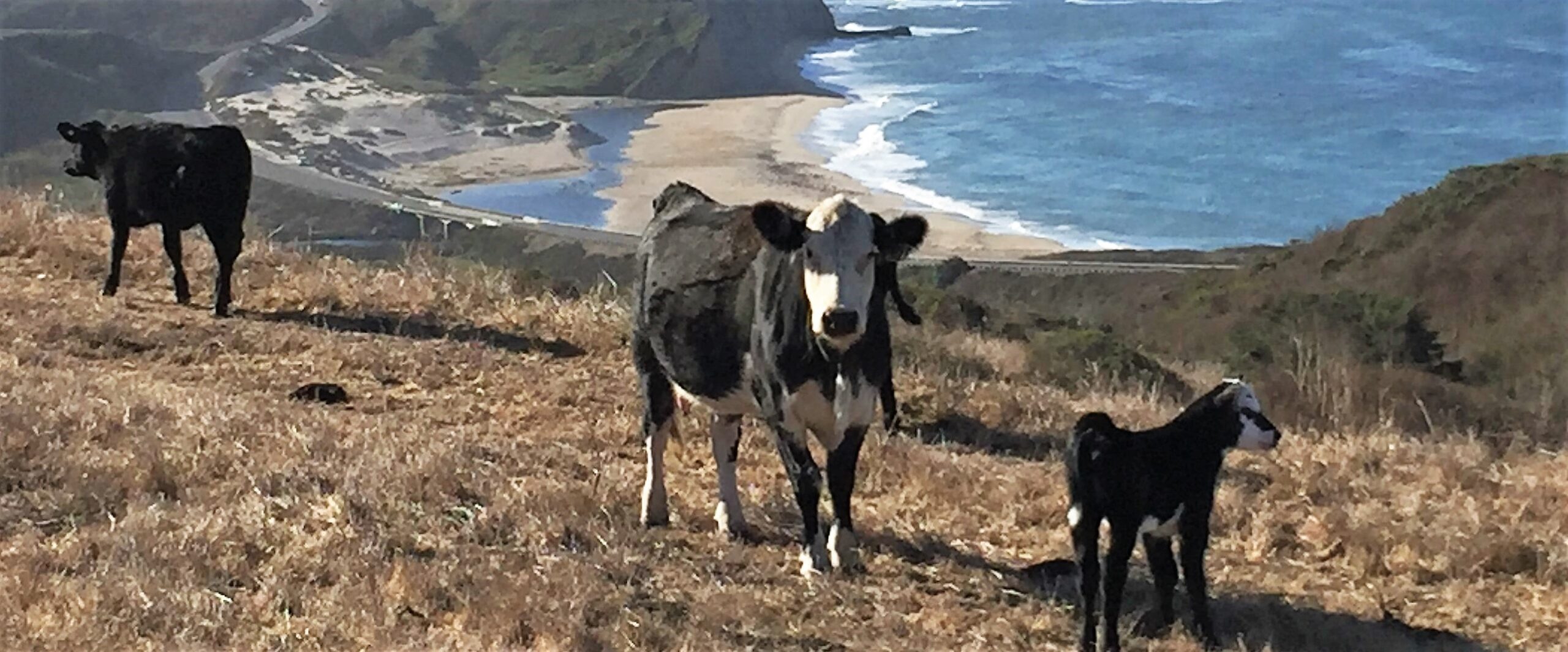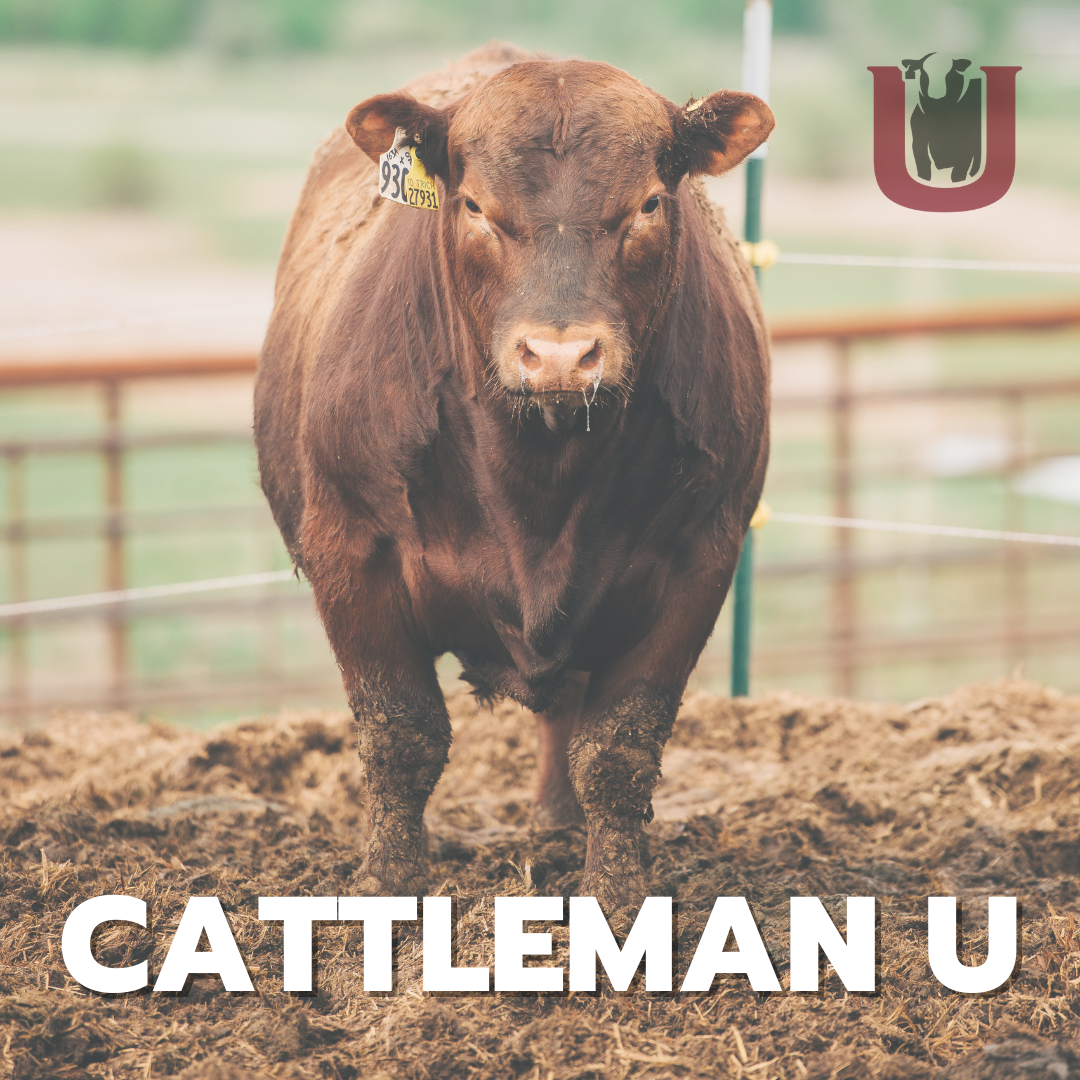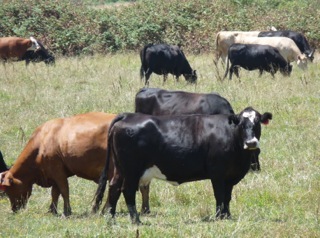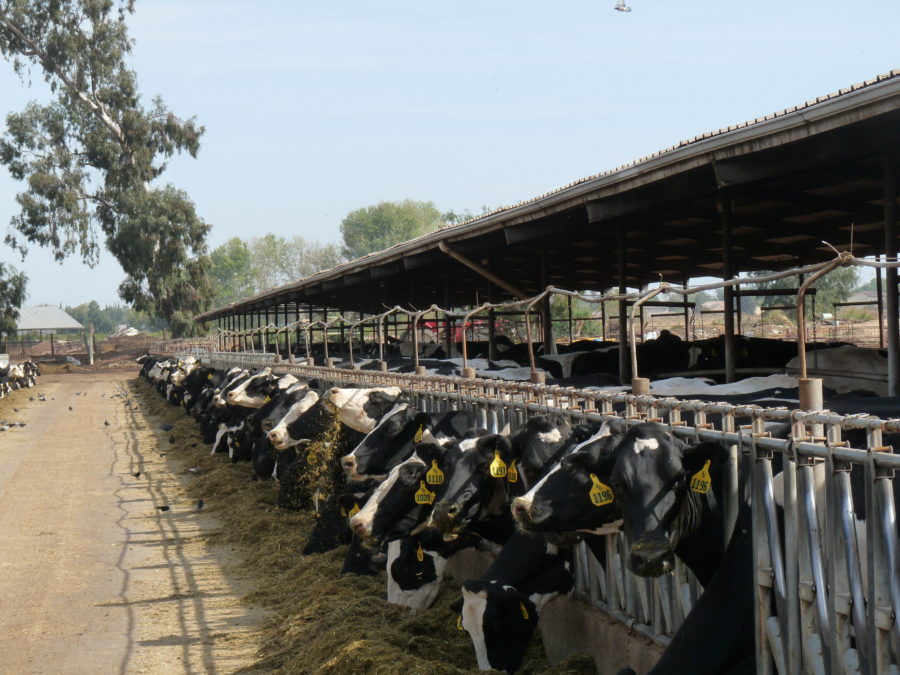Cattle Ranchers Protect Coastal Landscape
Cattle and Seashores Coexist
By Tim Hammerich with the Ag Information Network
When scientists found levels of bacteria from cattle in the seashores of Marin and Sonoma County, some decided to work with farmers and ranchers instead of against them. David Lewis is one of them. He’s director for UCANR Cooperative Extension in Marin County and a watershed advisor. He’s worked with ranchers to research ways for cattle and oceans to coexist.
“How do we have a production system on a landscape that can support and provide us blue cheese and oysters? And so if that helps you think about Tomales Bay and then the surrounding watersheds that support a lot of wildlife or shellfish, and then the landscape, that’s this really perfect place to do grazing livestock, and have open connected working landscapes. So how do we protect the environment? How do we produce great dairy products? How do we have wonderful shellfish,” asked Lewis.
Lewis gives a lot of credit to local ranchers who have taken steps to give back to the community and to the environment.
“The ranches on the seashore are really integral to our agricultural production and to the community. And they’ve been with us every step of the way in this environmental stewardship as well. So I hope people really view them as a part of the local Marin and Sonoma community. And if you’re not from the area, please come and learn how that’s true, that these ranches and the seashore are really a part of the local community, not separate from,” Lewis said.




















